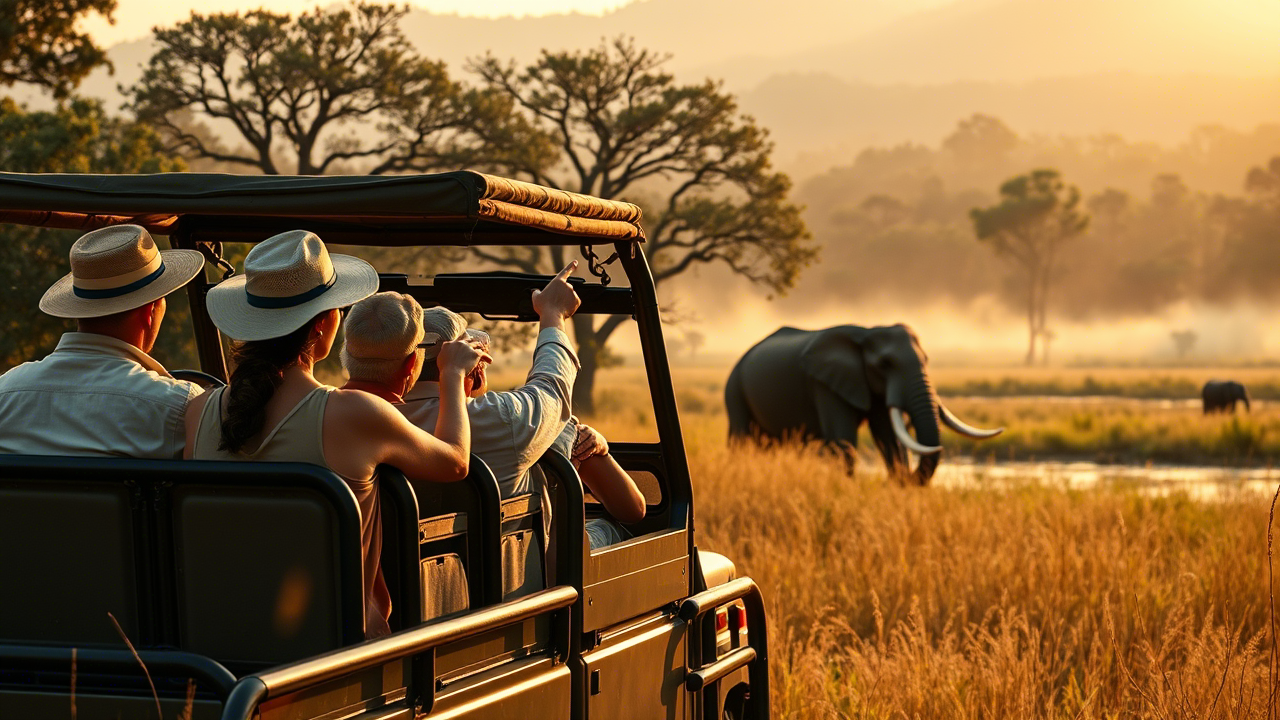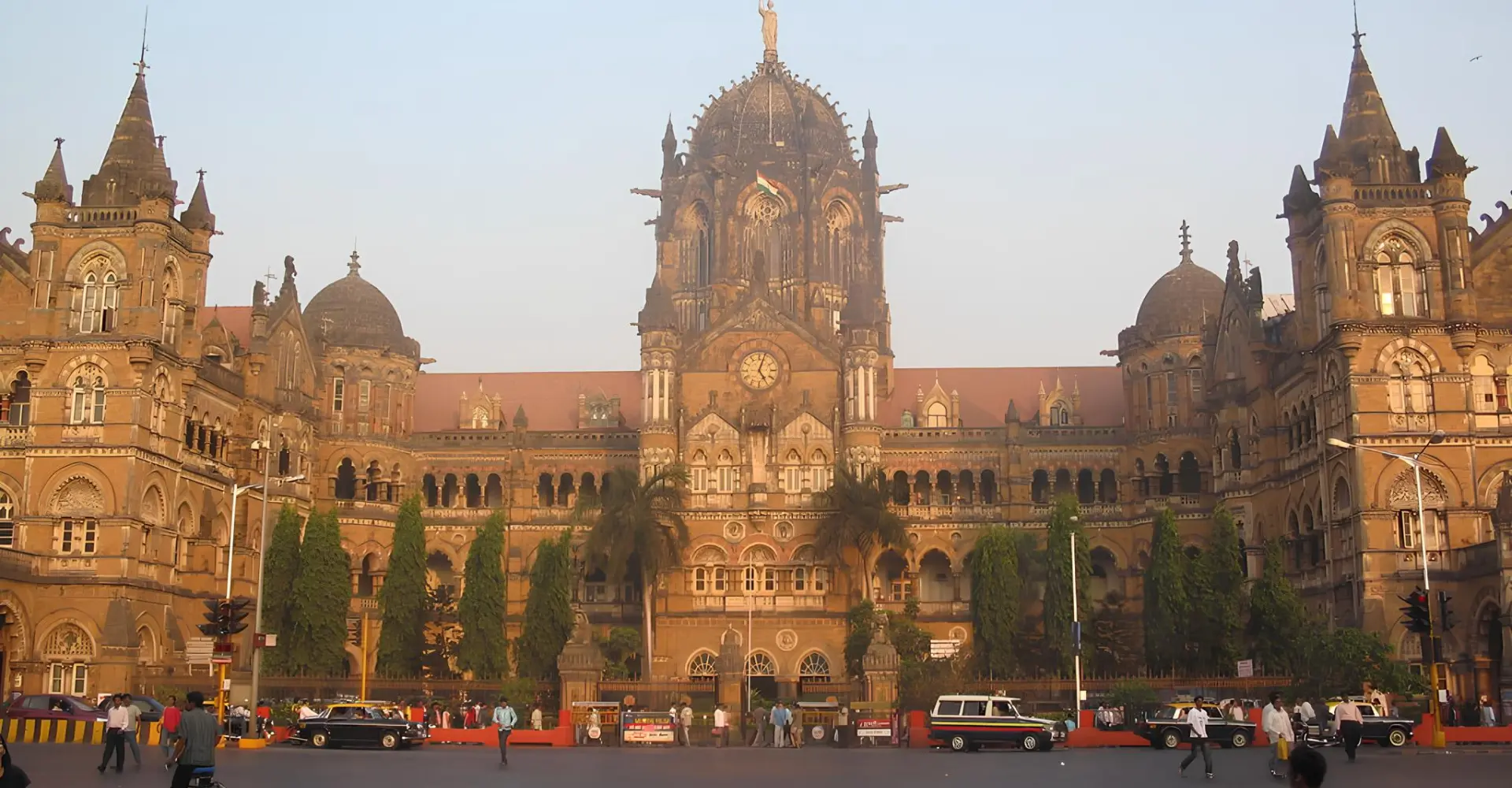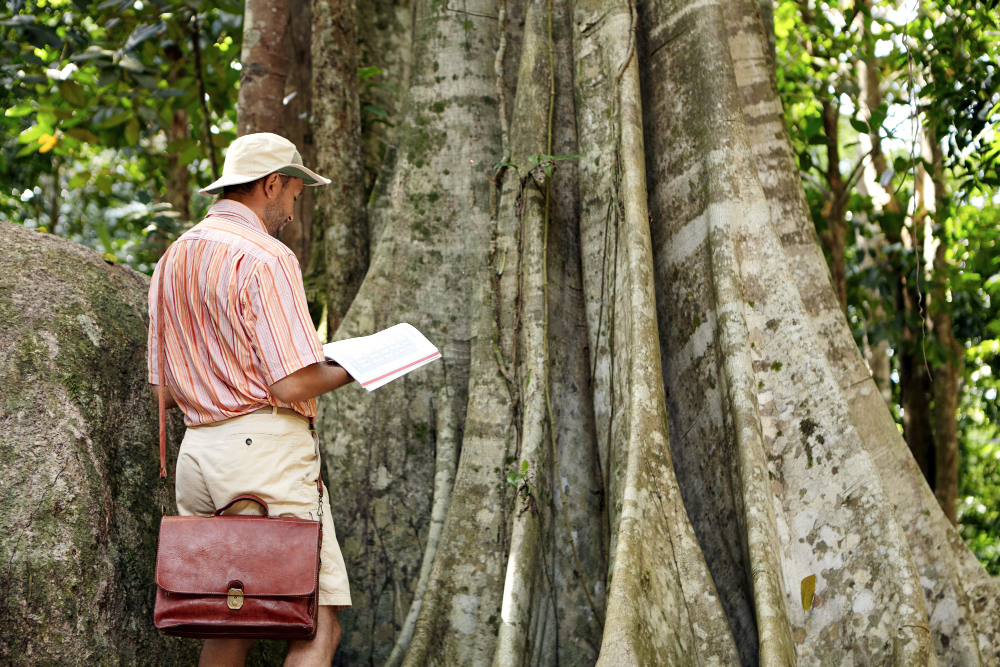Sri Lanka’s lush landscapes hide stories older than time, and few experiences bring you closer to its wild heartbeat than an elephant safari. This is not a typical tourist outing, it’s an invitation to witness nature as it unfolds, in silence and majesty, across the golden grasslands and shaded forests of this island paradise.
Imagine sitting in an open-top jeep, the early morning mist still rising off the scrubland, birdsong echoing across the plains. Then, without fanfare, they appear — wild elephants, moving as a unit, their grey forms majestic and unhurried. There is something primal about the encounter, something that stirs you beyond the thrill of the moment. You are a guest in their world.
Where to Experience Elephant Safari Sri Lanka
Several national parks across the country offer elephant safaris, but some locations stand out for their diversity, elephant populations, and scenic beauty. Each park has its own rhythm and personality — from open savannahs and watering holes to forested corridors that whisper with mystery.
1. Minneriya National Park – The Great Gathering
If you’re visiting between July and September, the Minneriya Tank becomes the stage for one of the most breathtaking wildlife spectacles in Asia: the Elephant Gathering. During the dry season, hundreds of elephants migrate from surrounding forests to this ancient reservoir to drink, feed, and socialize.
You’ll see matriarch-led herds, playful calves, and young bulls asserting dominance — all within view from your safari jeep. The atmosphere is surprisingly tranquil, with the occasional trumpet or splash breaking the stillness. Birdlife flourishes here too, with painted storks, pelicans, and eagles adding colour to the landscape.
2. Kaudulla National Park – A Peaceful Alternative
Just north of Minneriya, Kaudulla offers a less crowded but equally rich safari experience. The elephant herds often roam between Kaudulla and Minneriya, so depending on the time of year and water levels, your safari might yield a more intimate encounter here.
Kaudulla’s mix of grassland, wetlands, and forest make it a haven for other wildlife too — including toque macaques, spotted deer, and elusive leopards. The sense of space and stillness is profound, especially during a late-afternoon drive.
3. Udawalawe National Park – The Photographer’s Paradise
Located in the south-central region, Udawalawe is often described as one of the best places in Asia to see wild elephants. Its open plains and sparse vegetation make sightings incredibly frequent, and the sheer size of the herds is remarkable.
The park also boasts water buffalo, jackals, crocodiles, and a dazzling array of bird species. Morning safaris here are pure magic — as the sun rises over the misty reservoir and elephants emerge in silhouette, it’s hard not to feel deeply moved.
For those staying near Udawalawe, a visit to the nearby Elephant Transit Home is also worthwhile. This ethical conservation centre helps rehabilitate orphaned baby elephants before releasing them back into the wild.
4. Wasgamuwa National Park – Off the Beaten Path
If you’re a seasoned wildlife enthusiast or prefer to explore the road less travelled, Wasgamuwa is an underrated gem. Tucked away in the central region, this park has a reputation for larger, more secluded herds and fewer tourists.
Wasgamuwa is known for its unspoiled beauty — ancient riverbanks, remote forests, and subtle topography that create a tapestry of habitats for elephants, sloth bears, and a host of endemic birds. This is safari at its most raw and elemental.
What Makes a Sri Lankan Elephant Safari Unique?
Elephants are deeply woven into Sri Lanka’s identity — culturally, spiritually, and ecologically. They’re featured in centuries-old temple carvings, paraded in festivals, and revered in rural traditions. On safari, you’re not just spotting animals — you’re witnessing a sacred relationship between land, heritage, and species.
These are not zoo-like encounters. The elephants roam free, guided by instincts passed down through generations. They drink from ancient tanks built by kings, use forest corridors preserved by local communities, and coexist with farmers in a complex, evolving balance.
Tips for an Ethical and Enriching Safari Experience
- Choose parks over orphanages. While some elephant facilities offer up-close interactions, they may not always uphold animal welfare. Safaris, when conducted respectfully, allow you to witness elephants in their natural habitat without interference.
- Support local conservation. Book with safari operators that hire local guides and contribute to community projects. Many lodges and parks invest part of their income into reforestation, anti-poaching efforts, and wildlife education.
- Pack smart. Bring binoculars, light clothing in neutral tones, sunscreen, insect repellent, and a camera with a zoom lens. And always, always follow your guide’s instructions to ensure your safety and the animals’ well-being.
- Time your visit. Dry seasons (May to September in most regions) are best for sightings, as elephants gather near water sources. Early mornings and late afternoons offer better lighting and cooler temperatures.
Beyond the Safari: Where to Stay for a Deeper Connection
For those seeking more than just a wildlife thril, those looking to unwind in nature and reconnect with their inner calm — a stay at a wellness-focused retreat near the cultural triangle is ideal.
Ayurvie Sigiriya offers a harmonious balance between mindful rest and proximity to adventure. Nestled among greenery with views of Sigiriya Rock, this Ayurvedic retreat gives you the chance to reset your body and mind after a day in the wild. Here, holistic treatments, yoga sessions, and fresh, plant-based cuisine complement the raw beauty you’ve witnessed on safari.
You can wake up to birdsong, take a morning meditation session, and then venture out to Minneriya or Kaudulla for your safari — all within a short distance.
Embracing the Spirit of the Wild
There’s something ancient and almost spiritual about encountering elephants in the wild. Their intelligence, empathy, and social bonds remind us that nature isn’t something to be conquered — it’s something to be respected, protected, and cherished.
Whether you’re visiting Sri Lanka for its beaches, cuisine, or culture, setting aside time for an elephant safari adds a rare and unforgettable layer to your journey. It’s not about ticking off a bucket list item; it’s about pausing long enough to witness life in its purest form.
So, when you find yourself in this island paradise, consider the golden plains of Minneriya, the reflective waters of Udawalawe, or the secluded forest trails of Wasgamuwa. And as you lock eyes with an elephant across a sunlit clearing, know that you are sharing a moment that transcends language, borders, and time.



